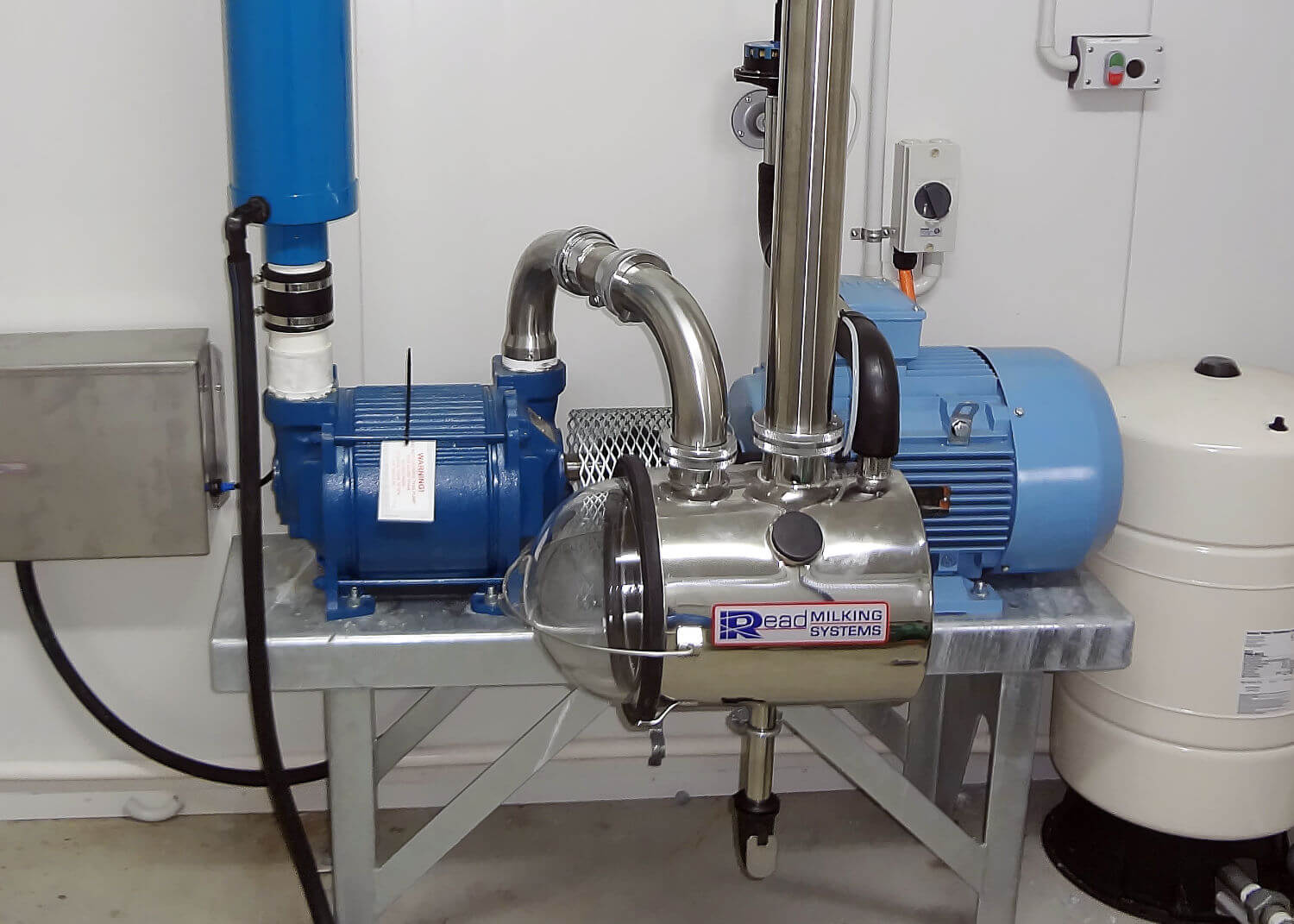Have you seen the exact location of manufacturing companies that deal with various industrial or pharmaceutical products because they have huge machines outside? This looks like connected pipes and chambers that may even release smoke or vapor-like appearance and then you will also find there the gauges. What we are actually describing here is the usual pumping system used, though you can already find smaller sizes today and some even a portable one just like a Vooner liquid ring vacuum pump.
You should know that different industrial companies have increased their demands for LRVP as well as other types, due to technological advancement applied in its design and structure. This means that they are expecting it to function well at its best performance, be durable, and with high quality in terms of materials. These are considered as reasons why LRVP is widely used in industrial applications. It may be a modern invention but this device was made affordable and this would benefit business industries.
However, if this mechanism will be a part of your operations, then its function has a great impact on your side as a manufacturer, especially when you lack awareness of its work process and operation. This means that it won’t be sufficient to rely on this after a successful installation and testing. The troubleshooting itself already requires expertise, so be mindful of the maintenance and proper handling of the continuous use of the device.
Working Process
The LRVP is an essential mechanism in several companies or industries, so no matter how simple the working process is, you still have to learn and understand it to avoid failures. This type of pumping system uses rotators or rotors in a case that is cylindrical and this is where gas is compressed that’s why it can serve as a compressor – read from https://www.schooldiversity.nyc/difference-between-air-compressor-and-vacuum-pump/ to know how compressors differ from pumps.
It needs water that is forced to enter and pumped and this will result in ring formation near the inner lining of the housing or casing. Through seals, compression chambers are created and this is were gases are trapped and compressed.
To run or operate this system, you have to set it with the required vacuum level, so that it won’t spit water or oil, especially when there is a high volume of mass flow going to the separator. Now, if you need a level that is close to the atmosphere, then you have to use a regulator to limit or control the vacuum. In this way, you will be able to maintain the optimum range and cleanliness or dryness of the area.
Working Principle
In creating a vacuum, it is important to learn about the sealant where water is usually used, though some are using oil as well as mixtures like water and methanol. So before starting the operation, you have to make sure that a quarter of the LRVP’s cylinder is filled with preferred sealant. Another significant thing is the impeller, which you can find in the middle of the port plates or eccentric to the center of the pump. By the way, the port plates will serve as a suction as well as a discharge valve.
As the impeller rotates, the sealant also moves because of the force and this will lead to the creation of void space and forms a ring. Now, we have an impeller cell that lies between the liquid and the vane, which is rotating clockwise and will now be filled with the seal – this recedes from the center of the impeller and creates the vacuum. Such a process will lead to the drowning of gas as it passes by the inlet port – you can find these at the impeller’s side.
The cell will go to the discharge port and the sealant will move back to the impeller center where the gas is trapped and compressed. When the compression level meets its highest point, gases and some sealant with high turbulence will be exhausted to the atmosphere.
Once-Through
With this pumping system, the seal will be discharged and sent to the separator vessel, where density would be the basis of separation for the water and gas. The liquid, such as water is usually drained, while gas or air often goes to the atmosphere without recirculation and concern for contamination.
This system is an advantage to less critical jobs because it simple and requires low cost. However, it is designed with very high consumption of sealing liquid.
Partial Recirculation
With this type of pumping system, the water will have to enter and leave just like how it is arranged in the once-through. However, the vacuum pump and the separator tank is connected through the circulation line. And then, it has makeup sealing liquid added for equal quantity after discharging through overflow connection.
This is done to meet a constant or standard level of water and to keep its required temperature and when this happens, cavitation will be avoided and performance will stay good – read more about cavitation. It is also used to reduce 50% of seal consumption or more, depending on the temperature and released vapor pressure.
Just like the one-through it is also a simple pumping system and is designed with low cost. So the consumption of seal is also low.
Total Recirculation
Here, there is a re-circulation of sealing liquid in the pumping system. It means that the generated heat is eliminated through an exchanger and the seal will be introduced again to the pump. The level of sealing liquid must be at the shaft’s centerline.
For the overflow at high levels and recovery at a low level, provisions are allowed. This is done to help in controlling the start of operation when the case is filled with water, so it will then prevent overloading and damaging the machine. Now, if the pressure is very high, you will then need a circulation pump.
It is an ideal type when high or critical use of gas is required. The sealing liquid consumption is minimal. However, the initial cost, as well as the maintenance is high.





